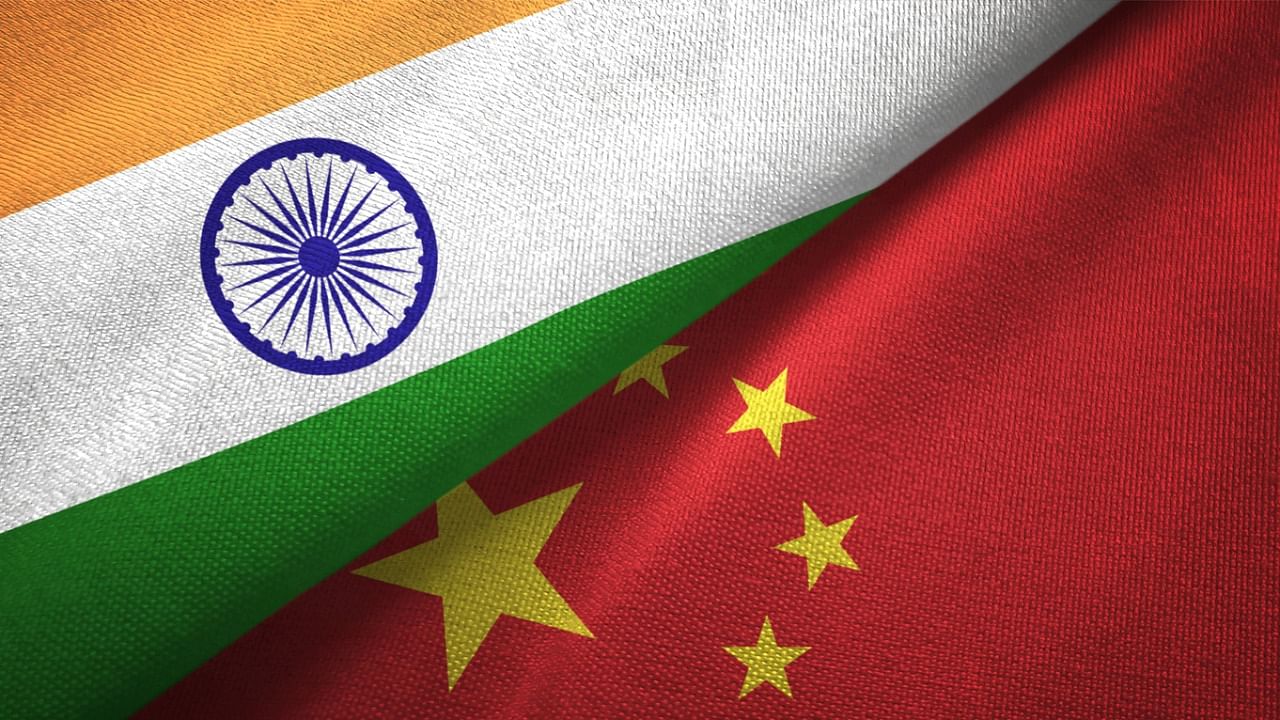
Prime Minister Narendra Modi’s government went public about the stalemate in India-China negotiations as growing belligerence of the communist country’s People’s Liberation Army raised concerns about the possibility of a stand-off in the western sector of the disputed boundary between the two nations, extending to the middle and eastern sectors too.
The statement issued by the Ministry of Defence in New Delhi on Monday candidly indicated that the negotiations between the commanders of the Indian Army and the Chinese PLA hit an impasse. The stalemate came at a time when China’s aggressive military posturing against Taiwan fuelled speculation about a flashpoint in the Indo-Pacific region, where India joined Japan, Australia and the United States to contain the geo-political influence of the communist country, albeit with the seemingly benign programme of cooperation of the Quad.
The Modi Government last year drew flak from the opposition parties for not acknowledging that the Chinese PLA soldiers had encroached into the territory claimed by India, not only in Galwan Valley, where a violent clash took place on June 15, 2020, but also on the northern bank of Pangong Tso and other places all along the Line of Actual Control (LAC) – the de facto boundary between the two nations in the western sectors.
Also Read | LAC stand-off talks fail; China accuses India of insisting on 'unreasonable, unrealistic' demands
The opposition parties as well as several strategic affairs analysts also questioned the deal India struck with China earlier this year for disengagement of troops on the banks of Pangong Tso, giving up the leverage the Indian Army had gained by occupying dominating heights in the Kailash Range on the south bank of the lake in a swift overnight operation on August 29-30, 2020. The government and the ruling Bharatiya Janata Party dismissed the criticism though.
But as China of late stepped up its military preparedness all along its disputed boundary with India, the Modi Government apparently decided to go upfront about it. The chief of Indian Army, Gen M M Naravane, himself, of late repeatedly articulated New Delhi’s concerns over the Chinese PLA’s continued build-up all along the de facto boundary between the two nations, not only in the western sector, but also in the middle and the eastern sectors.
He also said recently that the situation along the LAC between India and China might become somewhat like that along the Line of Control (LoC) between India and Pakistan if the PLA continued with its massive build-up and the Indian Army too had to keep its counter-deployment.
And, after the talks between the Indian and Chinese commanders failed on Sunday, New Delhi went public and made it clear that although the two sides had mutually withdrawn troops from both banks of Pangong Tso and Gogra Post in February and August this year, the negotiations for disengagement in other face-off points along the LAC were not proceeding well.
The war of words between India and China over the military stand-off along the LAC in eastern Ladakh escalated on September 24 last – just hours before Modi joined the United States President Joe Biden, Australian Prime Minister Scott Morrison and the then Japanese Prime Minister Yoshihide Suga in Washington D.C. for the first in-person summit of the Quad.
It continued even after the summit with Beijing on September 27 accusing the Indian Army of pursuing a forward policy to encroach the territory of China. New Delhi dismissed the allegation on September 28 and alleged that it was because the Chinese PLA continued to deploy large number of troops and armaments along the LAC that the Indian Army had responded with appropriate counter deployments.
New Delhi repeatedly insisted before and after the summit that the Quad — unlike the AUKUS (the newly launched grouping of Australia, United Kingdom and the United States) — was not a security alliance against China.
But Beijing’s recent rhetoric against New Delhi, the Chinese PLA’s incursion bids at Barahoti in Uttarakhand as well as near Yangtse in Arunachal Pradesh and its hard-line stand in negotiation with the Indian Army on Sunday made it clear that President Xi Jinping’s “Middle Kingdom” was not convinced and chose to step up pressure on India.
Check out latest DH videos here
